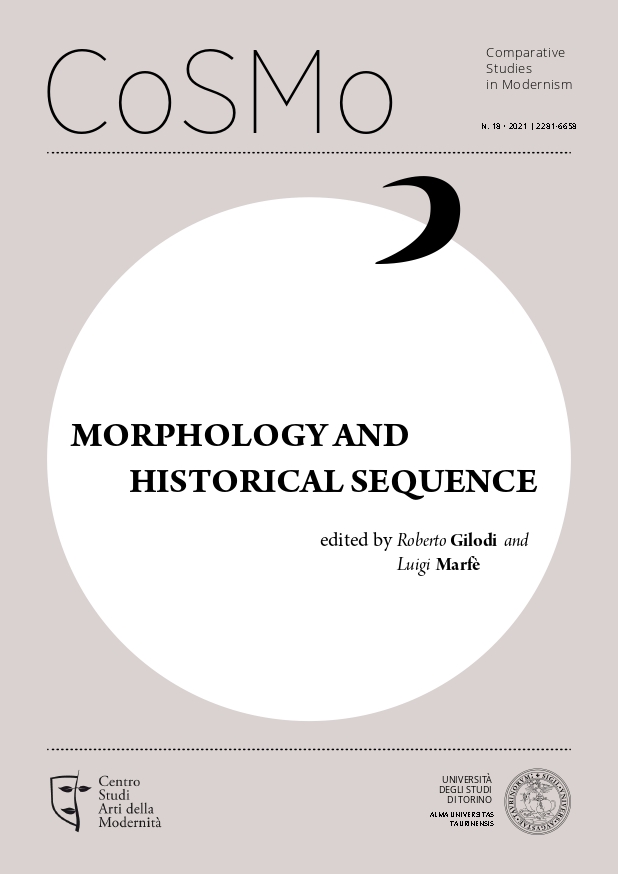Rube Stories and Paradigmatic Crimes as Narrative Modulators at Thresholds of Cultural Change
Abstract
This essay investigates two species of a larger genus of narrative (“narrative modulators”) characterized by its function as a sort of compromise formation addressing recurrent anxieties and tensions at major thresholds of cultural change. One of these is a story type linked with cinema’s early reception: that of the “credulous spectator,” figured in early film and film lore as the country bumpkin or “rube” who, misperceiving the projected image as real, runs from the oncoming train or from the wet of onscreen waves or tries to enter the story; I extend this type beyond cinema to include precinematic literary examples. I’ve coined the term “paradigmatic crimes” to describe stories of criminal acts used to address pressing cultural concerns at given historical junctures as a second type of “narrative modulator.” As with “rube stories,” what unifies “paradigmatic crimes” as a story type is their specific function as “narrative modulators” in moments of cultural change. My hypothesis is that functionally similar stories appear at structurally comparable thresholds of media change in various cultures at various times, and that the similarities are to be explained mainly morphologically (i.e. mainly at the abstract level of their capacity to modulate cultural change).
Downloads
Gli autori mantengono i diritti sulla loro opera e cedono alla rivista il diritto di prima pubblicazione dell'opera, contemporaneamente licenziata sotto una Licenza Creative Commons - Attribuzione che permette ad altri di condividere l'opera indicando la paternità intellettuale e la prima pubblicazione su questa rivista.








